Pita bread, a versatile and pocketed flatbread, has gained immense popularity worldwide thanks to its unique ability to hold a wide range of delicious fillings. Whether you’re a Mediterranean cuisine fan or enjoy exploring new flavors, pita bread provides the perfect canvas for creating mouthwatering and satisfying meals.
The possibilities for pita bread fillings are endless, from light and refreshing options to hearty and savory combinations. Whether you’re preparing a quick lunch, a flavorful snack, or a crowd-pleasing appetizer, there’s a filling to suit every taste and occasion.
15 Best Fillings For Pita Bread
Pita bread fillings are too numerous to mention that selecting the best is difficult. However, we have painstakingly selected some of the top best pita bread fillings you can try out; they include:
1. Falafel and Halloumi Burgers
Combine the crispy goodness of falafel with the creamy texture of halloumi to create a delightful vegetarian pita burger. Fill your pita with a falafel patty, grilled halloumi slices, and your favorite burger toppings like lettuce, tomato, and onion. Add a dollop of tahini sauce or tzatziki for an extra flavor.
2. Halloumi-Stuffed Pittas with Cucumber and Pickled Cabbage
For a refreshing and tangy filling, stuff your pita with slices of grilled halloumi cheese, crunchy cucumber, and tangy pickled cabbage. The combination of textures and flavors creates a satisfying and vibrant filling that is perfect for a light lunch or picnic.
3. Stuffed Mushroom and Halloumi Pittas
Elevate your pita bread experience with juicy, marinated, grilled mushrooms and slices of grilled halloumi cheese. Add some fresh spinach leaves, roasted red peppers, and a balsamic glaze drizzle for a satisfying filling with umami flavors.
4. Beetroot, Goat’s Cheese, and Walnut Pittas
Combine roasted beetroot slices, creamy goat’s cheese, and crunchy walnuts in your pita for a unique and colorful filling. Add some fresh arugula or baby spinach for a peppery bite, and drizzle it with a touch of honey or balsamic reduction for a touch of sweetness.
5. Halloumi Salad with Houmous Dressing and Pitta Crisps
Create a hearty salad-inspired filling by combining grilled halloumi cheese, mixed greens, cherry tomatoes, cucumber slices, and red onion in your pita. To add a layer of flavor, drizzle a creamy houmous dressing and sprinkle homemade pitta crisps for added crunch.
6. Greek Lamb Pittas
Indulge in Greek cuisine’s rich and savory flavors with a filling of marinated and grilled lamb. Fill your pita with slices of tender, seasoned lamb, fresh tomatoes, crisp lettuce, and a generous drizzle of tzatziki sauce. The combination of tender meat and tangy sauce creates a mouthwatering experience.
7. Sabich with Green Tahini
Sabich, a popular Israeli street food, makes for a flavorful and satisfying pita filling. Fill your pita with roasted eggplant slices, boiled eggs, fresh Israeli salad (diced tomatoes, cucumbers, and onions), and a zesty green tahini sauce drizzle. The combination of flavors and textures is a true delight.
8. Spiced Lamb in Toasted Pita
Experience the aromatic spices of the Middle East by filling your pita with spiced ground lamb. Sauté the lamb with a blend of Middle Eastern spices like cumin, coriander, and cinnamon, then stuff it into a toasted pita with fresh herbs, diced tomatoes, and yogurt sauce. This is a filling that is packed with bold flavoury ingredients.
9. Vegan Doner with Homemade Pittas and Garlic ‘Mayo’
Create a plant-based filling using marinated and grilled seitan or jackfruit for a vegan twist on the classic doner kebab. Fill your pita with vegan ‘meat,’ shredded lettuce, sliced tomatoes, and a dollop of garlic ‘mayo’ made from cashews or plant-based yogurt. This is a flavorful and satisfying option for vegans and non-vegans alike.
10. Chicken Gyros
Prepare tender and juicy grilled chicken seasoned with Mediterranean spices for a classic and beloved filling. Fill your pita with the grilled chicken, sliced onions, tomatoes, and tzatziki sauce. This combination offers a balance of flavors and a protein-packed filling.
11. Homemade Falafel
No list of pita fillings is complete without the classic and beloved falafel. Create your homemade falafel using chickpeas, herbs, and spices. Stuff your pita with freshly fried falafel balls and crisp lettuce, tomatoes, cucumbers, and tahini sauce for a delightful vegetarian filling.
12. Healthy Kebabs
Grill some lean chicken or turkey kebabs and fill your pita with these protein-packed delights. Add grilled vegetables like bell peppers, onions, and your favorite sauce or dressing. It’s a healthy and satisfying option for those watching their calorie intake.
13. Grilled Greek Chicken Kebabs
Marinate chicken pieces in Greek-inspired flavors like lemon, garlic, and oregano, then grill them perfectly. Fill your pita with grilled chicken, tzatziki sauce, sliced cucumbers, and a sprinkle of feta cheese for a burst of Mediterranean flavors.
14. Greek Turkey Tacos
Combine the flavors of Greece and Mexico by filling your pita with ground turkey seasoned with Greek spices. Top it off with a Greek-inspired salsa made with tomatoes, cucumbers, red onions, and olives. Add a dollop of Greek yogurt or tzatziki sauce for a creamy finish.
15. Ballpark Pork Gyro with Peppers and Onions
For a hearty and flavorful filling, cook some marinated and grilled pork strips with peppers and onions. Fill your pita with succulent pork, caramelized peppers, onions, and barbecue or tzatziki sauce. This is a filling that is reminiscent of ballpark favorites and will leave you craving for more.
How To Fill Pita Bread?
With its unique pocket-like structure, pita bread offers a delightful and convenient way to enjoy various fillings. Whether you’re craving a savory sandwich, a refreshing salad, or a sweet treat, filling pita bread allows you to create a portable and satisfying meal. Here’s a step-by-step guide on how to fill pita bread to perfection:
1. Prepare Your Pita Bread
Start by selecting fresh pita bread from your local bakery or grocery store. Look for pita bread that is soft, pliable, and doesn’t have any tears or holes. If your pita bread is slightly dry or stiff, lightly moisten it with water or warm it up in the oven for a few minutes to make it more flexible.
2. Warm or Toast Your Pita Bread (Optional)
While not necessary, warming or toasting your pita bread can add texture and flavor to your filling. Warm it up by placing it in a preheated oven for a few minutes, or toast it in a dry skillet over medium heat until it becomes slightly golden and crisp. This step is particularly useful if you prefer a warm filling.
3. Open the Pita Pocket
Gently hold the pita bread in one hand and use your other hand to open the pocket carefully. Insert your fingers or a knife into the opening and gently separate the two layers of bread, creating a spacious pocket to hold your filling. Be cautious not to tear the bread while doing this.
4. Add Your Filling
Now comes the exciting part, adding your chosen filling! The endless options range from traditional Mediterranean combinations to creative and unique flavor combinations. Whether you’re opting for a protein-filled meat or vegetarian option, a vibrant salad, or a sweet dessert filling, carefully spoon or layer your ingredients into the pita pocket.
5. Layer and Arrange
Consider the order and arrangement of your ingredients to ensure a well-balanced and visually appealing filling. Start with a base layer of sauces or spreads to add moisture and enhance the flavors. Then add your main ingredients, such as proteins, vegetables, cheeses, or fruits, followed by additional toppings like herbs, spices, or condiments.
6. Close the Pita Pocket
Once you’ve filled your pita bread to your liking, gently press the sides of the pocket together to seal it. Be careful not to overstuff it, as this might cause the bread to tear. The pita bread should hold its shape and keep the filling securely inside.
Equipment For Pita Bread Filling
To fill pita bread, you don’t need any specialized equipment. However, there are a few kitchen tools that can make the process easier and more efficient. Here are some helpful equipment options for filling pita bread:
- Knife: A sharp knife is essential for slicing and preparing the ingredients for your pita filling. Use it to cut vegetables, meats, cheeses, or other ingredients that require slicing or dicing.
- Cutting Board: A sturdy cutting board provides a stable surface for safely chopping and preparing ingredients. It helps prevent cross-contamination and keeps your countertop clean.
- Oven or Toaster: While not necessary, an oven or toaster can be beneficial if you prefer warm or toasted pita bread. Preheat your oven or toaster, and place the pita bread inside for a few minutes until it reaches your desired warmth or crispness.
- Skillet or Grill: A skillet or grill pan can be handy if you plan to grill or sauté your ingredients. It allows you to cook proteins, such as chicken or lamb, and vegetables to add flavor and texture to your filling.
- Spoon or Spatula: A spoon or spatula is useful for spreading sauces, dressings, or spreads onto the pita bread. It ensures an even distribution of flavors and helps prevent overloading one side of the pita pocket.
- Tongs: Tongs are useful for flipping and handling ingredients grilled or cooked on a stovetop. They allow you to maneuver and turn items like halloumi cheese or kebabs without piercing or damaging them.
- Measuring Cups and Spoons: If you’re following a specific recipe or want to ensure precise measurements for your filling ingredients, having a set of measuring cups and spoons can be helpful.
Tips & Tricks for the Perfect Pita Bread Filling

Filling pita bread is an art that can be perfected with a few expert tips and tricks. Whether a beginner or a seasoned chef, these techniques will help you create delicious and well-balanced pita bread fillings. Here are some expert tips and tricks to elevate your pita bread filling game:
1. Choose Fresh and Soft Pita Bread
Fresh and soft pita bread is easier to handle and less likely to tear when filling. Look for pita bread that is pliable and doesn’t have any cracks or dry spots. If your pita bread is slightly dry, lightly moisten it with water or warm it in the oven to make it more flexible.
2. Warm or Toast the Pita Bread
To enhance the texture and flavor of your filled pita bread, consider warming or toasting it before filling. This step is particularly useful if you prefer a warm or slightly crispy pita. Warm it up in the oven for a few minutes or toast it in a dry skillet until it becomes slightly golden and crisp.
3. Use a Variety of Textures
Incorporate a combination of textures in your filling to add interest and excitement to each bite. Mix and match ingredients that offer different textures, such as crisp lettuce, crunchy cucumbers, creamy cheeses, or crispy falafel. This contrast in textures adds a delightful sensory experience to your filled pita bread.
4. Layer the Ingredients Strategically
Layering the ingredients strategically ensures that each bite is flavorful and well-balanced. Start with a base layer of sauces, spreads, or dressings to provide a flavor foundation. Follow it with your main ingredients, such as proteins, vegetables, and cheeses. Add additional toppings, herbs, or condiments to finish off the filling. This layering technique ensures that each ingredient shines and offers a harmonious combination of flavors.
5. Don’t Overstuff the Pita Pocket
While it may be tempting to pack as much filling as possible into the pita pocket, overstuffing can lead to a messy and difficult-to-eat pita. Be mindful of the size of your pita pocket and its capacity. Leave some space inside the pocket for easy folding and secure closure.
6. Opt for Thinly Sliced Ingredients
When slicing your ingredients, aim for thin and uniform slices. Thinly sliced ingredients make filling the pita pocket easier and ensure each bite contains a balanced mix of flavors. Thin slices of vegetables, meats, or cheeses will distribute evenly throughout the pita, allowing you to enjoy every ingredient in every bite.
7. Balance Flavors and Seasonings
Ensure that your filling has a balance of flavors and seasonings. Taste and adjust the seasonings of your proteins, dressings, or sauces to ensure they complement the other ingredients in the filling. Consider the interplay of sweet, savory, tangy, and spicy flavors to create a well-rounded and delicious pita bread filling.
8. Consider Temperature Contrasts
Take advantage of temperature contrasts in your filling to enhance the eating experience. Combining hot proteins with cold or room-temperature ingredients can create a delightful contrast. For example, pair warm grilled chicken with cool cucumber slices and crisp lettuce for a refreshing and satisfying combination.
9. Secure the Pita Pocket
Once you’ve filled the pita pocket, gently press the sides together to seal it. You can use toothpicks or wraps to hold the pita pocket together, especially if it’s full or the filling is moist. This will prevent the filling from falling out and make it easier to handle and enjoy.
10. Serve Immediately or Pack for Later
Filled pita bread is best enjoyed immediately after assembling to maintain its freshness and texture. However, if you need to pack it for later, wrap it tightly in foil or plastic wrap to prevent the filling from spilling out. Keep it refrigerated until you’re ready to enjoy it.
Conclusion
Pita bread fillings offer delicious possibilities, from traditional Mediterranean flavors to creative and unique combinations. You can try out any pita bread fillings we explored in this article, ranging from falafel and halloumi burgers to Greek lamb pittas and homemade falafel. Each filling provides flavors, textures, and a satisfying eating experience.





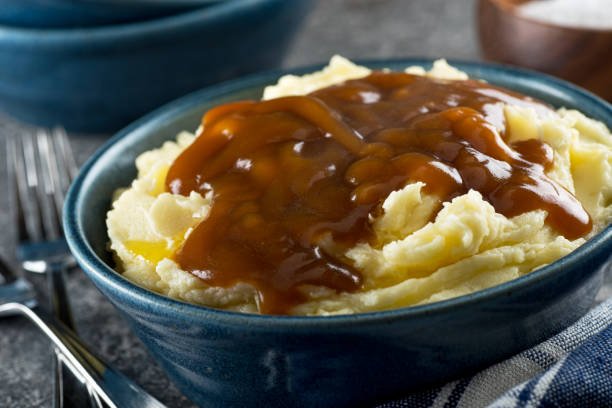
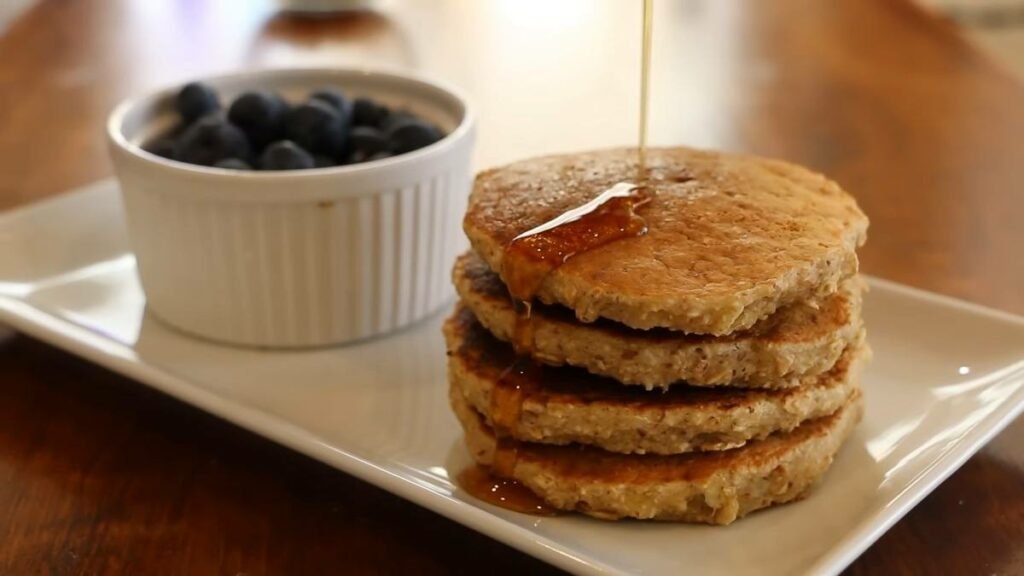

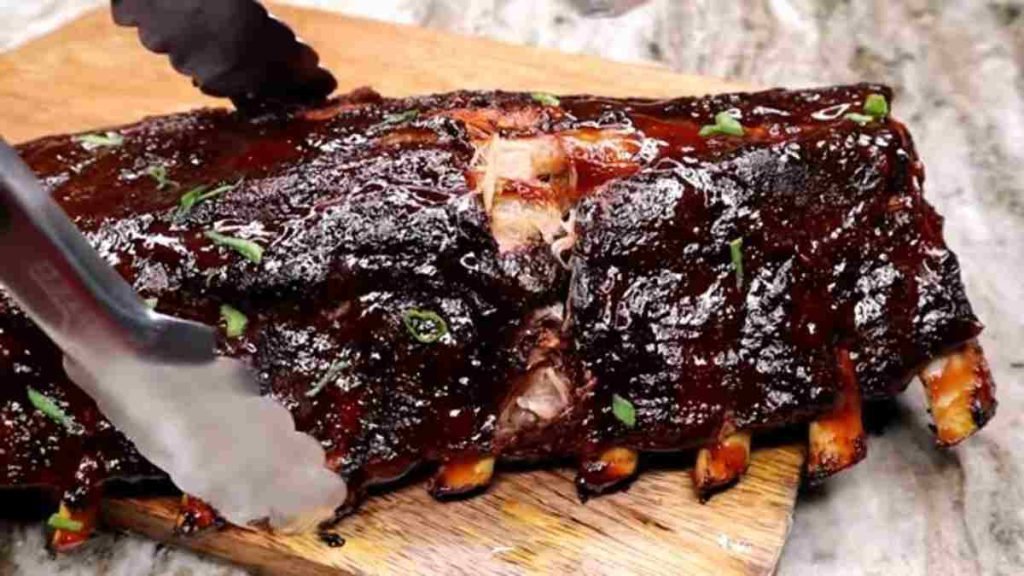

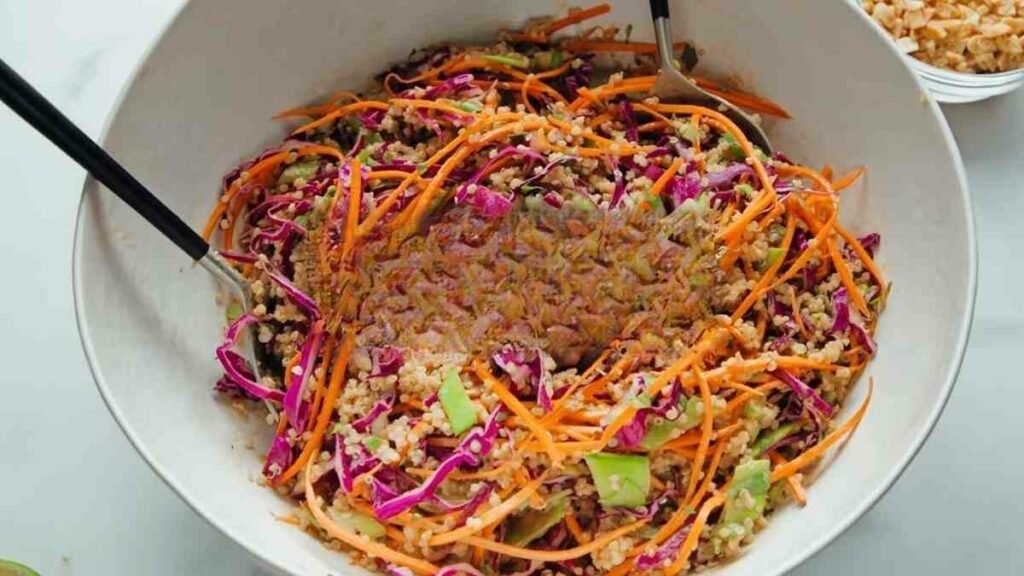

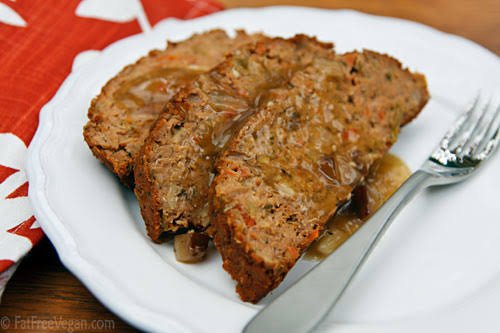
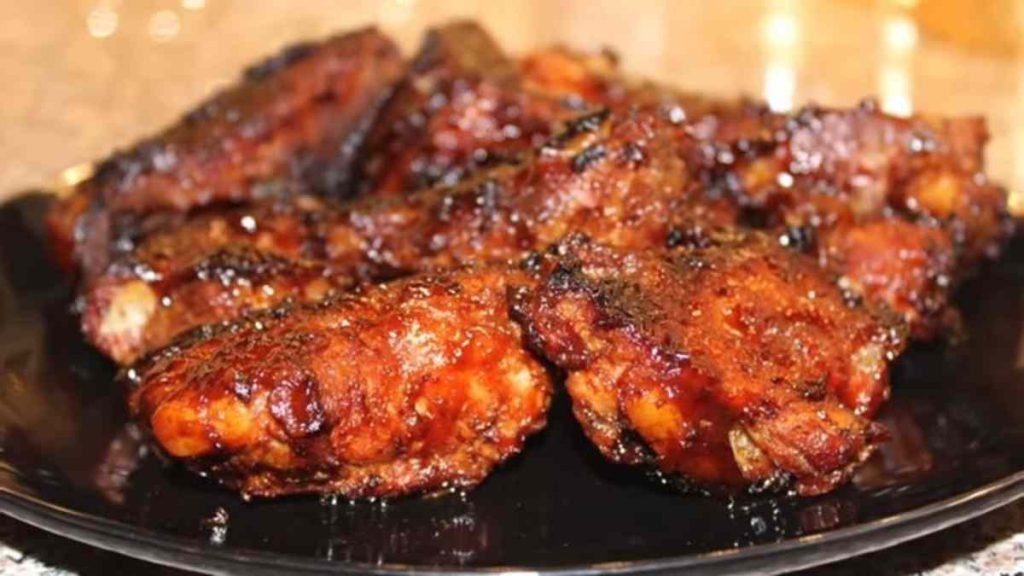






If you are vegetarian, make certain that your Halloumi is marked as containing no animal products. Most Holloumi sold locally contains bovine rennet, which is taken from the stomachs of dead animals, and shoppers need to read labels carefully. Vegans, of course, cannot use either unless it contains no dairy or other animal products.